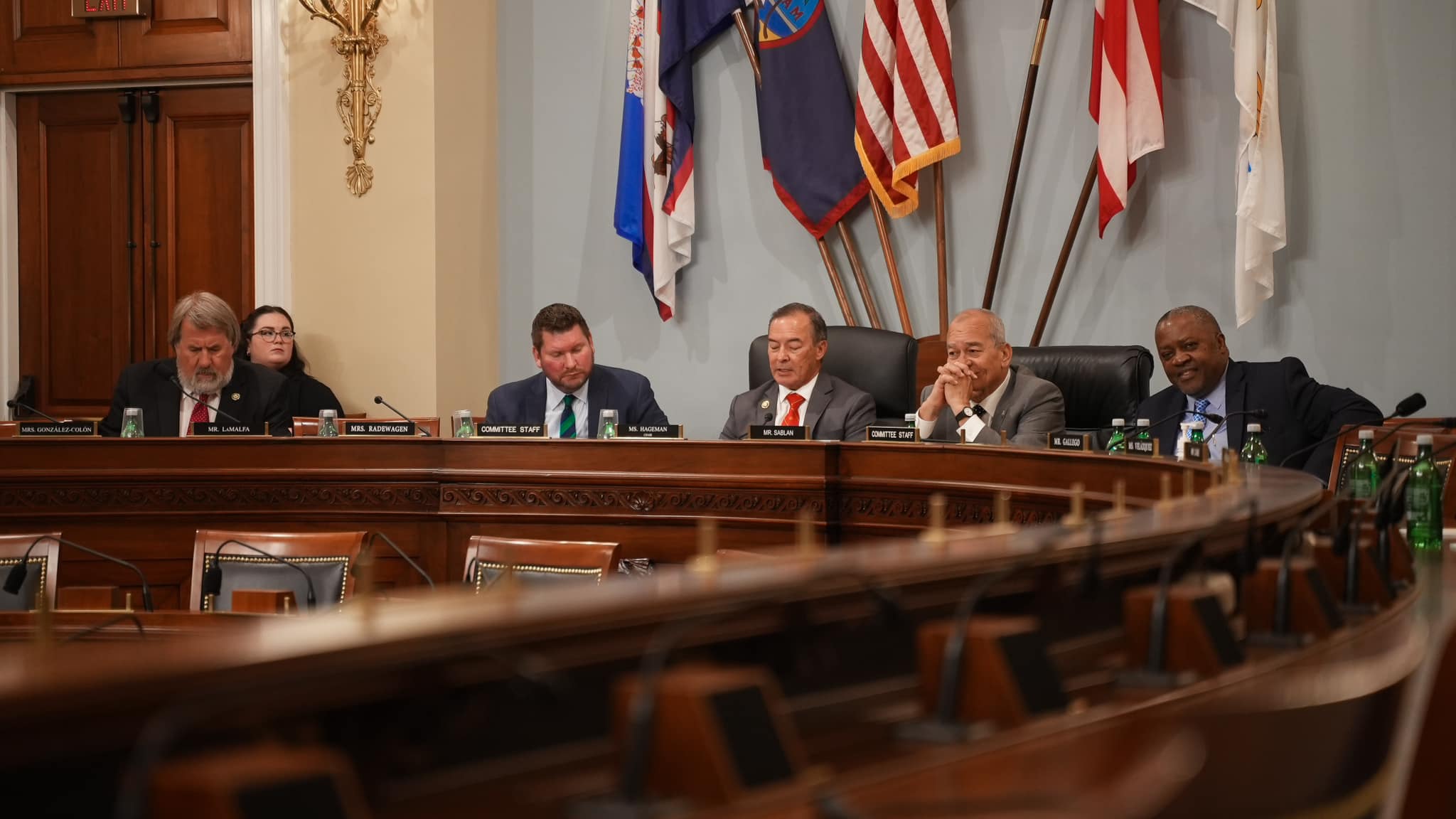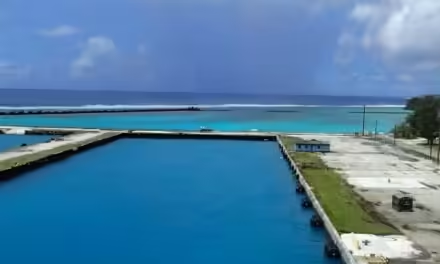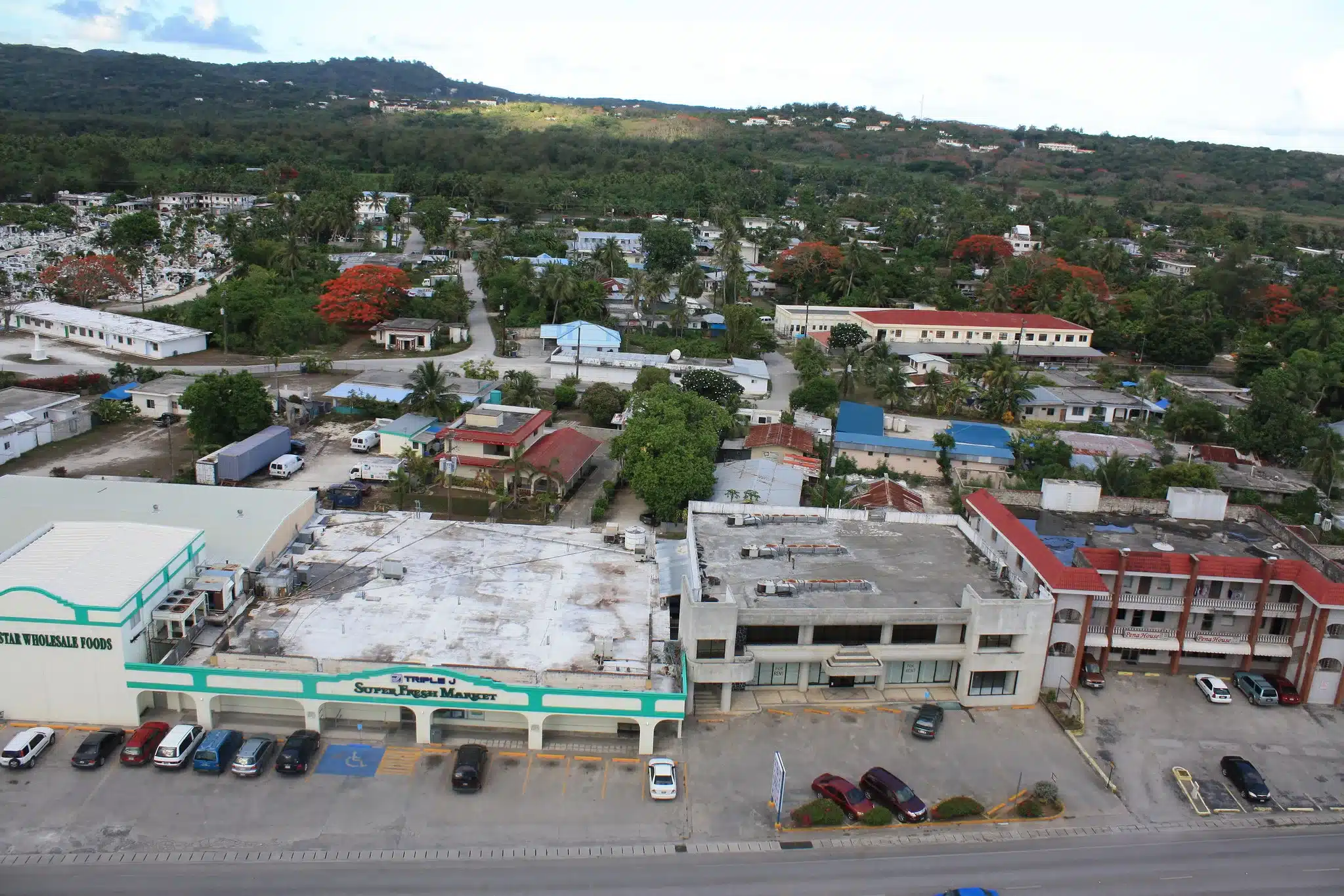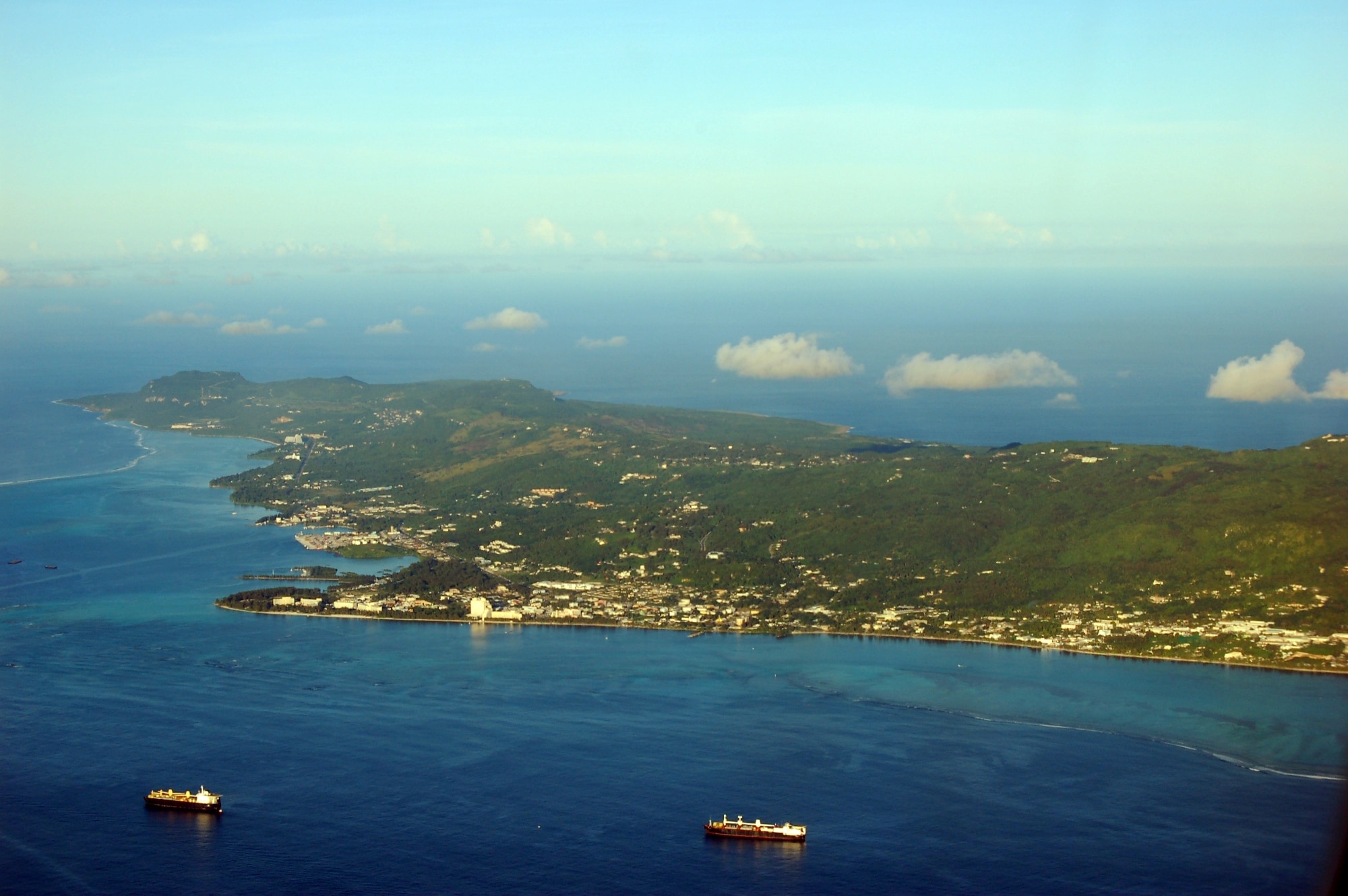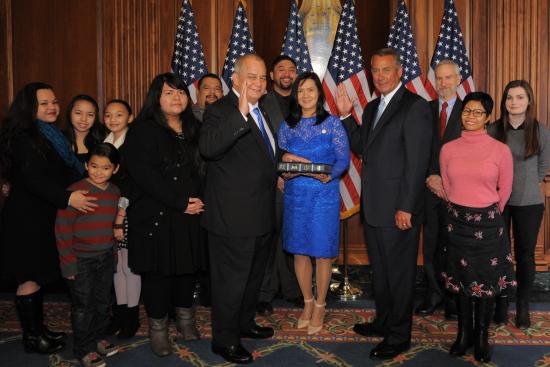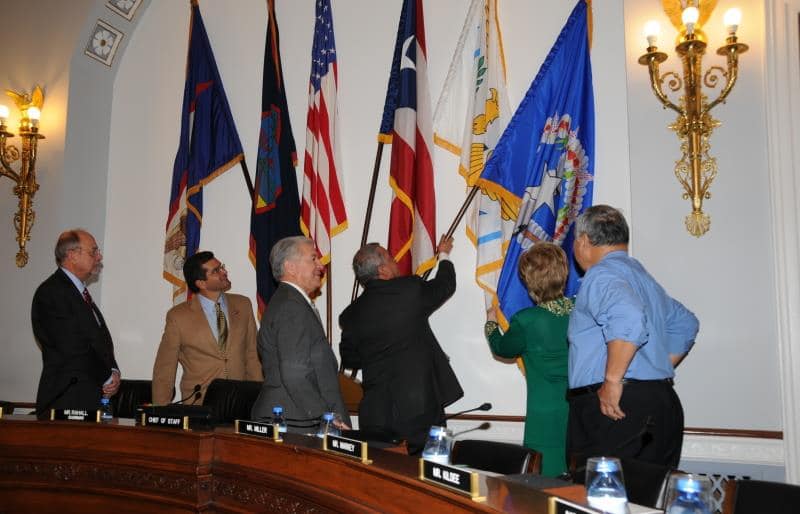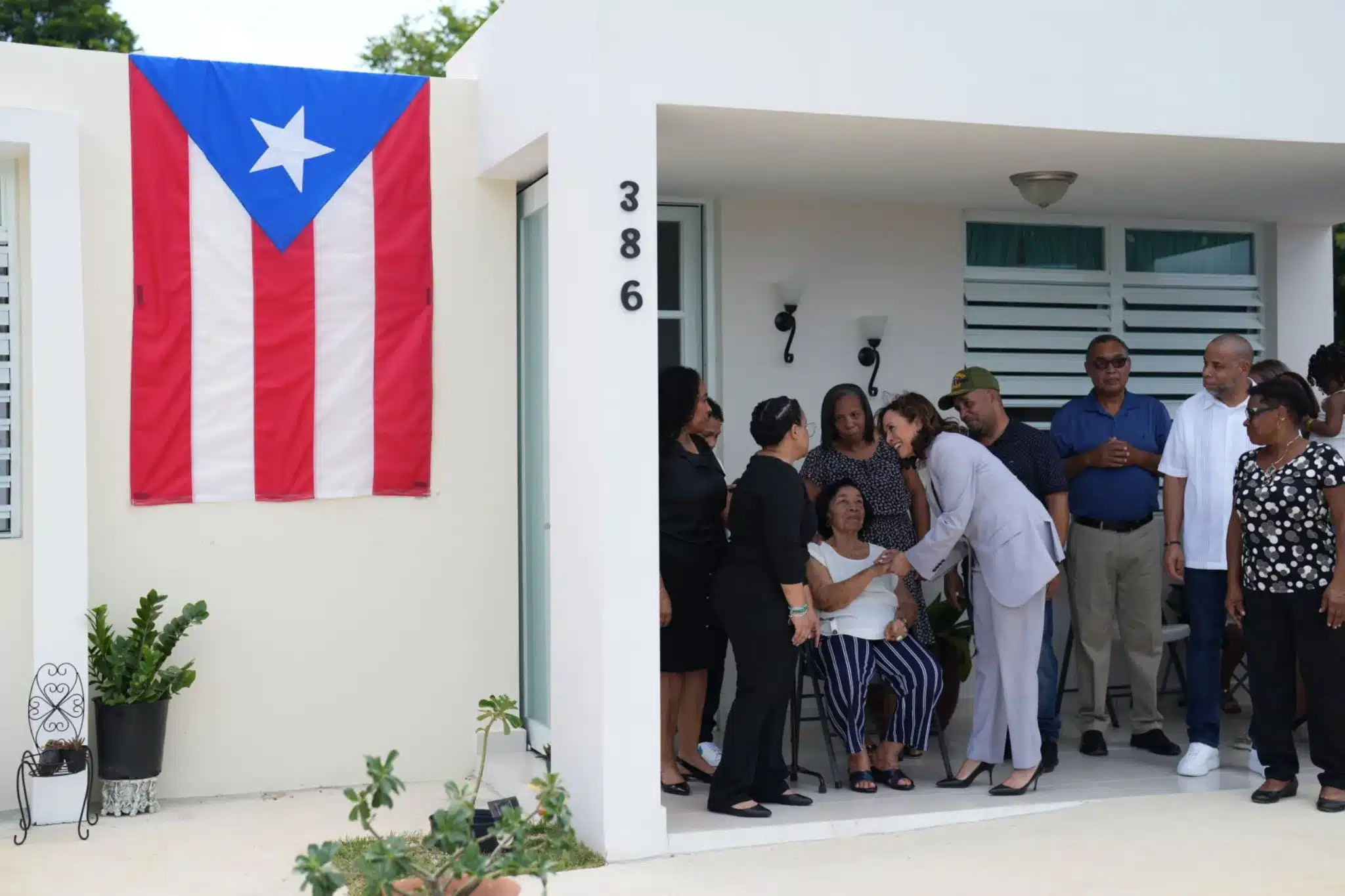The Northern Mariana Islands added the US House’s 441st seat
Historically subject to the colonial powers of Spain, Germany, Japan, and now the United States, the Northern Mariana Islands have nevertheless been the cause, if at times ignored, important events. In fact, just in 2009, the Northern Mariana Islands added the US House’s 441st seat, with the addition of the first non-voting delegate from this territory. This fact alone serves to encapsulate the history, relations, and present condition of this US territory in the Pacific ocean.
Possession of many powers
Initially colonized by Spain in the early 1500s, the Mariana Islands were split off after Guam became a possession of the United States after the Spanish-American War of 1898. The Northern Mariana Islands were then sold to the Empire of Germany, who administered the islands as part of the German New Guinea colony. With the advent of World War I, Japan invaded the islands, and later used them during World War II as a launching pad to attach Guam. It is with the United Nations establishing its Trust Territory of the Pacific, that the islands fall under United States administration, setting the foundation for its current geopolitical situation.
Initially, there were repeated efforts to reunited the Mariana Islands, with votes held in 1958, 1961, 1963, and 1969, all failing despite support in the Norther Mariana Islands, due to Guam residents rejecting reunification because of historical reasons. Offered independence in 1970, the Northern Mariana Islands instead opted for closer ties to the US, seeking to establish a “commonwealth.” This decision was accepted by the United Nations, and after negotiations, the Commonwealth of the Northern Mariana Islands was established in 1978. Like with the Commonwealth of Puerto Rico however, this change is nominal in terms of political relations with the US, since the status of both jurisdictions has remained that of an unincorporated territory since they both came under possession of the US.
Unilateral pact
Similarly to other territories, while the initial arrangement of the relations between the Northern Mariana Islands and the US was a product of negotiations, the fact remained that territories are under total control of the US government. This was exemplified as Congress unilaterally made changes to the initial agreement, with the Consolidated Natural Resources Act of 2008. The act amended the original agreement by bringing the Northern Mariana Islands under the fold of the Immigration and National Act, thereby transferring control of immigration matters to the US government from the local government, an arrangement that only American Samoa has to this day. This seemingly small act by Congress encapsulates how, due to the territorial status of the Northern Mariana Islands, the US can and will act according to its interests, or in this case outrage in the mainland, without needing to consider local sentiment.
While locals had been sending a Resident Representative to Washington, DC since 1978, pursuant to the CNMI Constitution, this representative lacked any privileges in Congress, having even less powers that the non-voting delegates the other US territories had. Absent even a voice in the debates in Congress, Northern Mariana Islanders were the epitome of no representation. This too changed however, with the enactment of the CNRA of 2008.
An expanded House
In passing the CNRA, Congress not only had the US government assume control of immigration in the CNMI, but also reinterpreted the provisions in the original agreement calling for a Resident Representative, deciding then that this position would be a non-voting Delegate to the United States House of Representatives. It was then that the Northern Mariana Islands could first have, at least, a voice in the halls of Congress, with a Delegate treated. for all purposes save for voting, as a full Member of the US House of Representatives.
With the inauguration of the 111th Congress in 2009, the Northern Mariana Islands had for the first time in its history, a non-voting member of Congress representing its interests, with Gregorio Kilili Camacho Sablan taking office. This brought the total number of voting and non-voting representatives in the US House to 441, a fact ignored by virtually everyone when asked how many members the US House has. While it is correct that there are only 435 full members with voting powers, ignoring the existence of the five delegates from the territories and the one representing the District of Columbia, further erodes what little presence these Americans already have in federal decisions.
The Northern Mariana Islands added the US House’s 441st seat
As an unincorporated US territory home to more than 52,000 American citizens, the Commonwealth of the Northern Mariana Islands may not seem significantly consequential to the rest of the nation. Nonetheless its situation is one that should concern all, as the democratic, legal, and civil disadvantages the territory faces can only be addressed through the actions of the voting representatives of the states. Noting the existence of 6 non-voting members of the US House of Representatives helps bring the disparities of these Americans to light, even if in a small form. Actions like these are important, as they highlight how the remaining members of Congress have absolute control over territories they seldom consider, think of, or include in national decisions.
Progress was made when the Northern Mariana Islands added the US House’s 441st seat, but this did not address the fundamental inequality residents of this, and the other territories face. Lacking voting representation in Congress, or even a vote for the President, all US territories remain subject to the same national political forces, and they can only comment on the record. That said, as long as that is the case, we should make the effort to recognize their situation, since ignoring it further perpetuates the disadvantages the territories have. Next time you’re asked how many members the House has, remember, the Northern Mariana Islands added the US House’s 441st seat.




